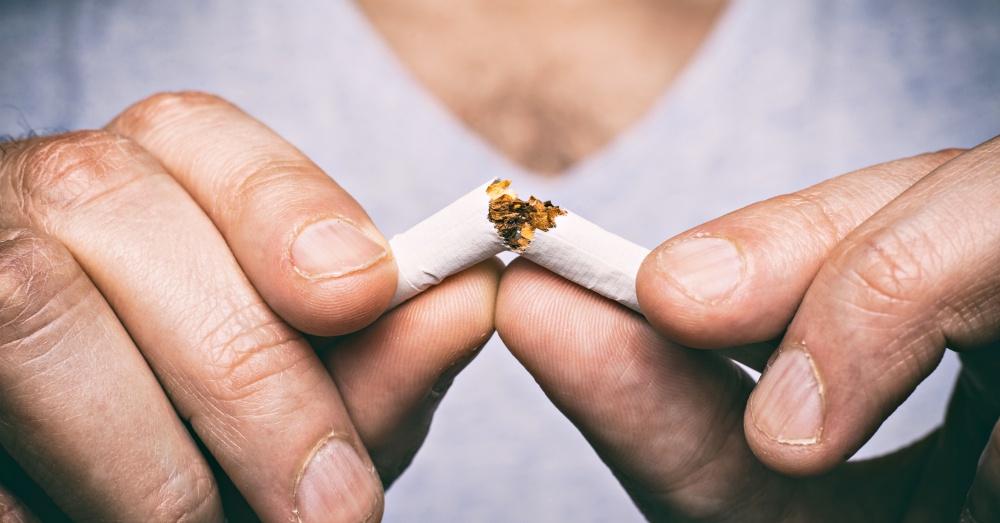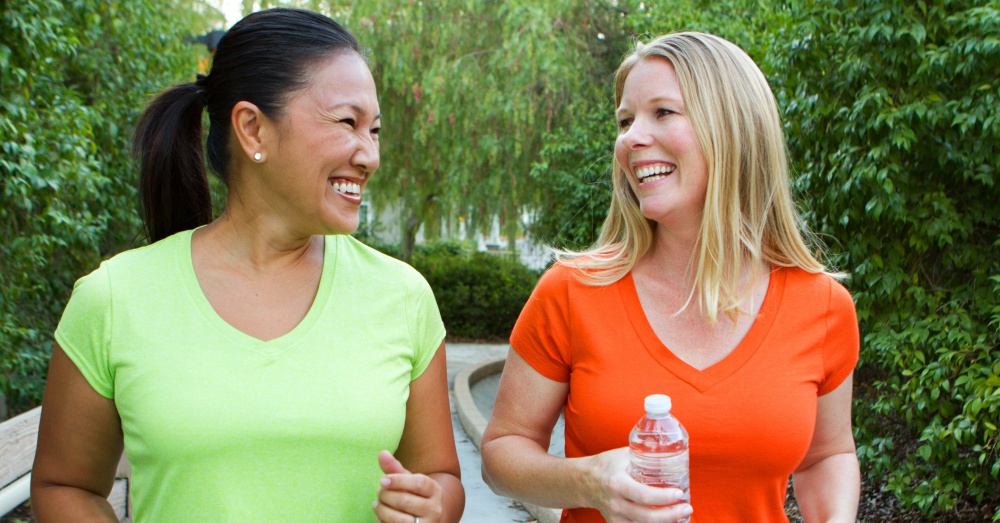
Diabetes and Circulation: How To Get The Blood Flowing Again
Cold fingers? Tingling toes? For people with diabetes, the symptoms of poor circulation take many forms and range from irritating to potentially dangerous.
The ravages of high blood sugar are the root cause, but poor circulation manifests itself in two main ways:
Peripheral Arterial Disease (PAD)
PAD is a condition that causes decreased blood flow to your feet and legs. It happens when fatty deposits build up and blood vessels are hardened and constricted, making it more difficult for blood to reach your extremities. The American Diabetes Association estimates that 1 in 3 people with diabetes over 50 experience PAD. For the full article on the condition, click here.

Peripheral Neuropathy
Neuropathy is another serious concern for people with diabetes: about half of those will develop the condition at some point in their lives. Peripheral neuropathy usually affects the feet and legs, but can affect other extremities as well. Chronic high blood sugar damages nerves, making someone less able to feel sensation and possibly causing numbness or tingling.
These two conditions are separate, but they both contribute to poor circulation. Poor circulation can lead to cold feet, numbness, slow-healing wounds, calluses, ulcers, infections, gangrene, or, in worst-case scenarios, amputation. For more information on the symptoms of neuropathy, click here.

Symptoms of Poor Circulation
You many already know many of the symptoms of poor circulation: numbness, tingling, cold hands or feet, loss of sensation. But there are others that are less well-known:
- Hair loss on the affected areas.
- Pale blue skin on the affected area (for those with lighter skin).
- Dry, cracked skin.
- Brittle toe nails.
- Slow wound healing.
- Erectile dysfunction.

Treatment and Prevention
There are drug treatment options for PAD and neuropathy. Pain relievers and blood thinners may improve blood flow and antidepressants and anticonvulsants may relieve the symptoms of neuropathy. There are even treatments using electronic nerve stimulation, infrared energy, or vascular surgery. Talk to your doctor for a full range of options. But there are also less extreme strategies. Let’s start with the most well-known.
Tried and True Methods for Improving Circulation
Here are a few methods to improve your circulation that all the experts agree on:
- Quitting tobacco. Tobacco use wreaks havoc on your circulation. But quitting is certainly not easy. George wasn’t ready to quit smoking until his doctor told him he could lose his foot. Watch George’s story here.
- Avoid sitting for long periods of time. While you’re at it, avoid crossing your legs. Blood flow will be further impeded if your body is cramped all the time and you don’t give it the chance to move. Uncross your legs, wiggle those toes, and take a loop around the office now and then!
- Exercise. Exercise stimulates blood flow and improves the ability of the blood vessels to dilate, which means that they can deliver more oxygen to muscles and tissues. Exercise has short-term benefits, but consistent exercise can improve your circulation for the long-haul. You should work towards 30 minutes of moderate-intensity activity five days a week, but remember, small bits add up and any movement is better than none!
- Compression socks. If poor circulation is causing swelling in your legs, compression socks can help move fluid back up your legs and into your torso and prevent blood from pooling. You should talk to your doctor to see if compression socks might help you, and then check with your insurance carrier to see if they’re covered.
- The big three: Control blood sugar, blood pressure, and cholesterol. These can all affect circulation, and if you weren’t motivated to control these factors before, perhaps the risk of tingling feet or ulcers that won’t heal will help get you make positive changes. Big changes can feel overwhelming, but remember that small steps count too!


